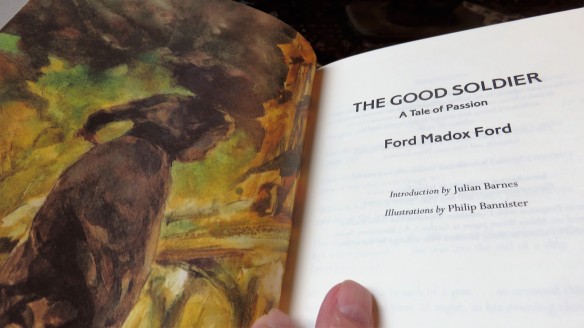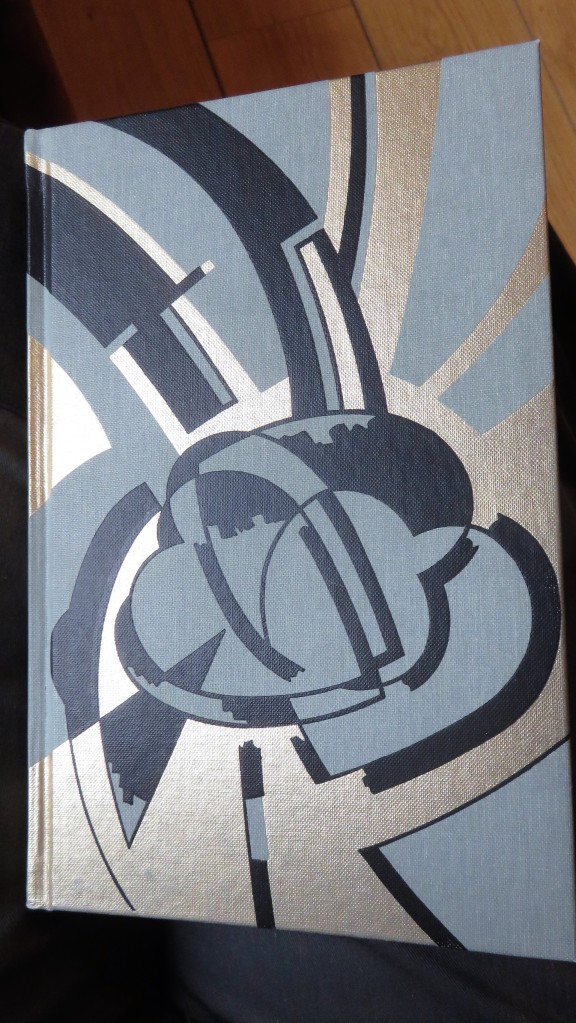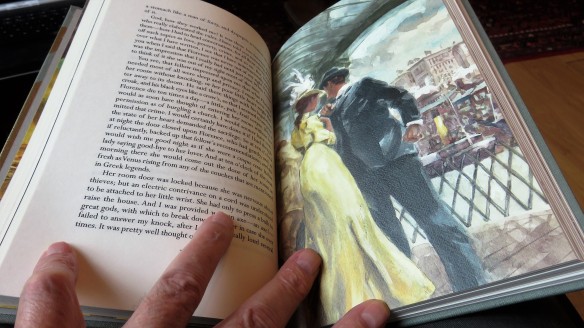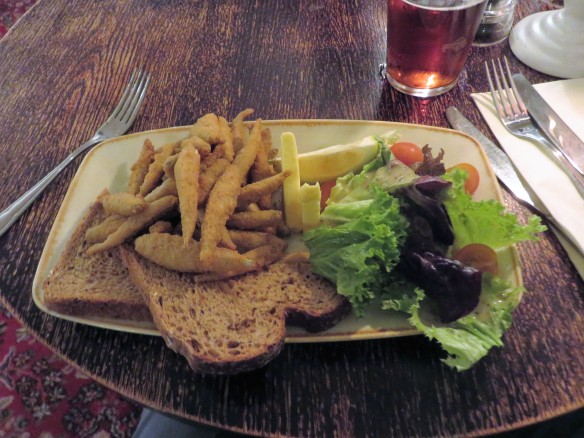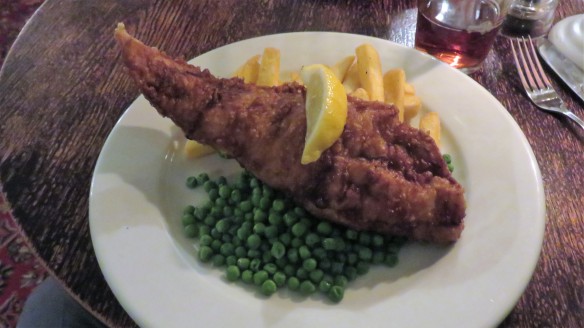CLICK ON IMAGES TO ENLARGE.
Today I finished reading
This frontispiece contains one of Philip Bannister’s excellent illustrations.
Although the term was not universally adopted until 1925, the Art Deco period had already begun in France by 1915, when Ford’s novel was first published. This, I imagine, is what inspired Bannister’s front cover design.
The author begins with ‘This is the saddest story I have ever heard’, but do not despair, the book is a perfectly constructed work demonstrating profoundly insightful characterisation, well-observed description and good story-telling written in flowing prose.
I will not reveal the story save to say that as a “tale of passion” it is of the suppressed kind, and is related by a close observer of humanity who has not, himself, experienced the “magnetism and passions” of such “splendid and tumultuous creatures” as the ill-fated protagonists of “the Ashburnum tragedy”. Dowell, the narrator, is convinced that in a world stifled by “conventions and traditions”, only the “normal” survive, and no-one, even they, gets what they want in life.
I found myself wishing that Henry James, an earlier American-born writer with an equally psychological bent, who died the year after this book’s publication, could have written rather less densely, and as apparently freely as Ford.
Julian Barnes has provided an interesting introduction to my Folio Society edition.
Here are a couple more of the illustrations.
This evening we dined at The Hare & Hounds in Sway. Jackie’s starter was prawn cocktail,
mine was whitebait in beer batter, served with brown bread and butter and salad.
We both enjoyed fish and chips as a main course,
and neither of us could manage a dessert. Jackie drank Amstel, and I drank Ringwood’s best.
